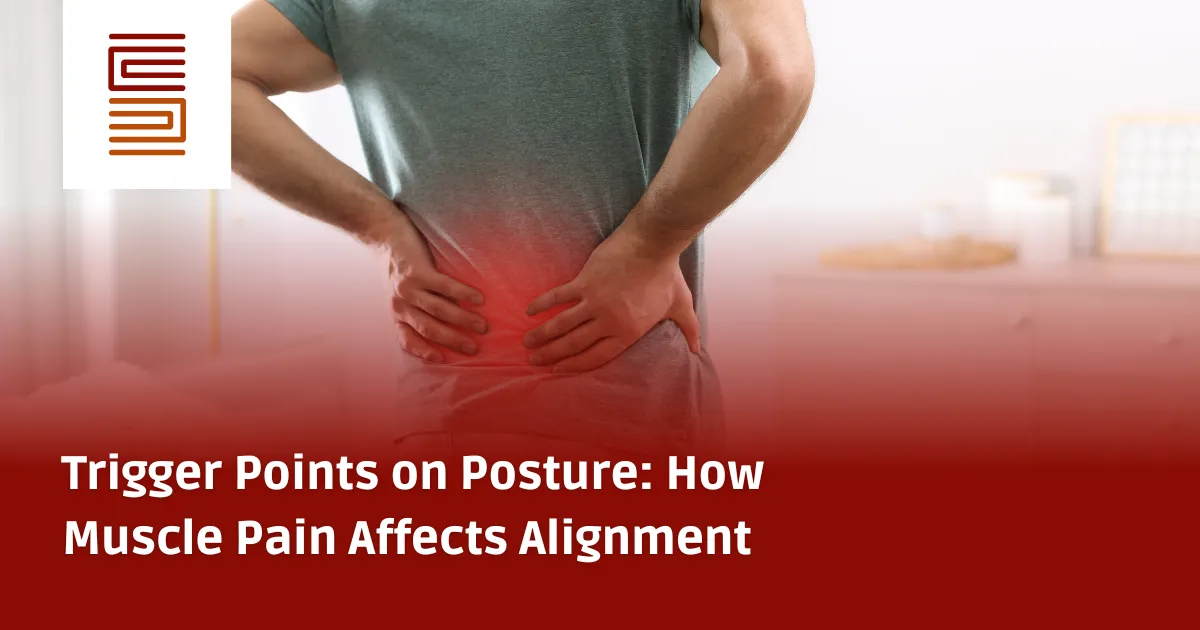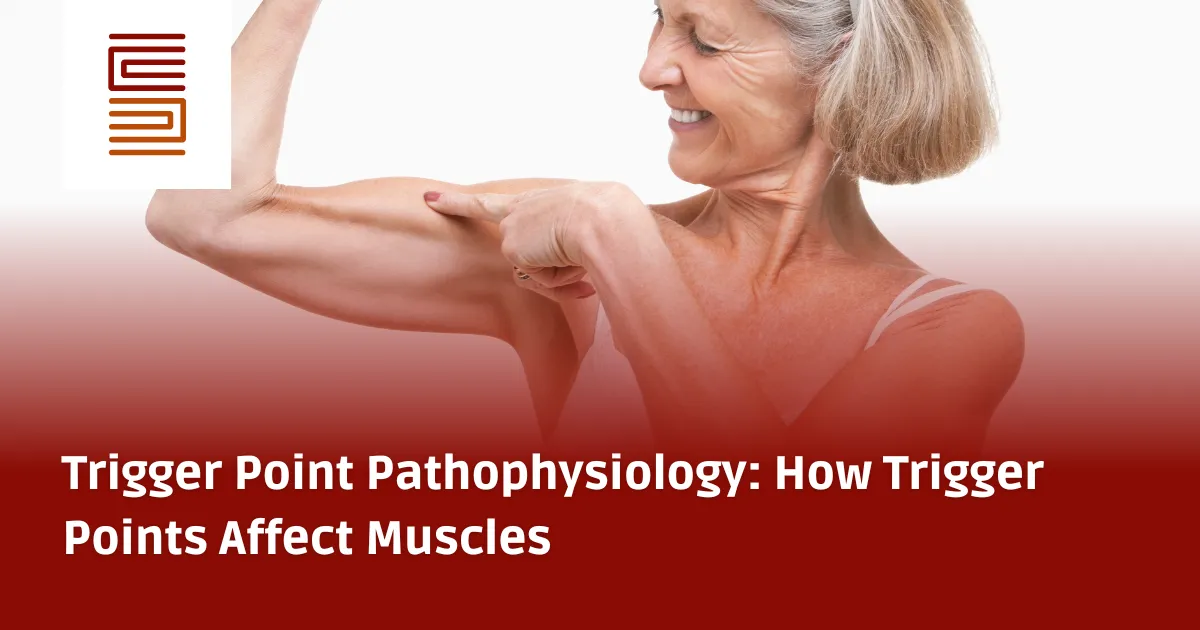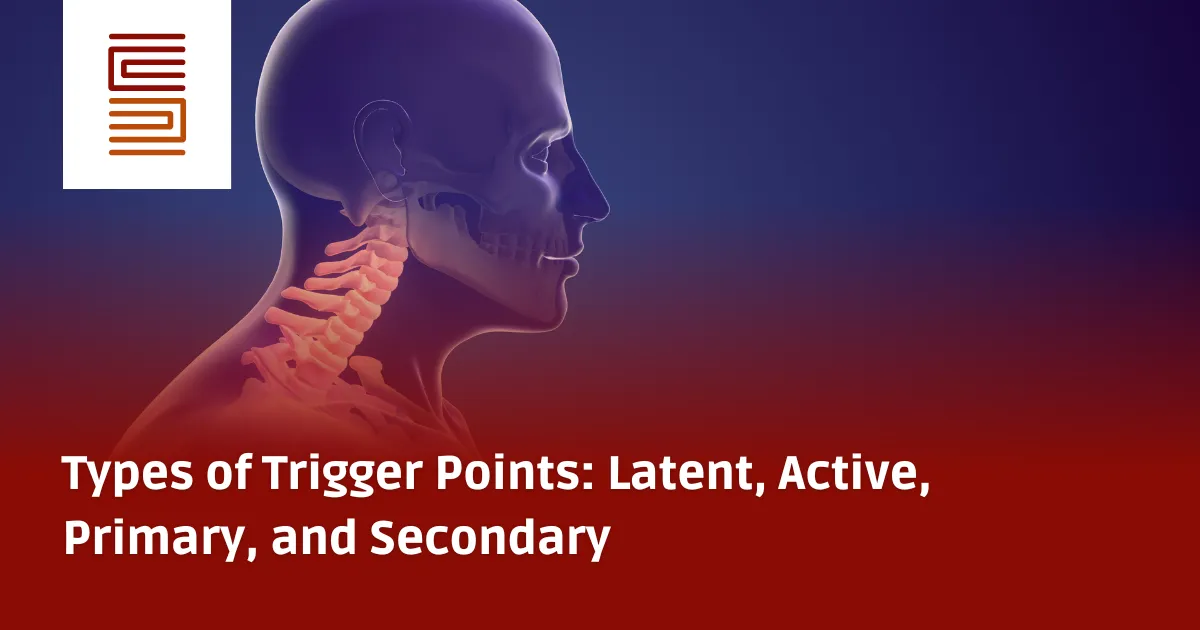Trigger Points on Posture: How Muscle Pain Affects Alignment
Understand how trigger points on posture, cause muscle imbalances and pain. Learn how correcting posture can relieve pain and improve muscle function.
The Impact of Trigger Points on Posture
Trigger points do more than cause localized pain; they significantly influence posture and overall alignment. Muscle dysfunction due to trigger points often results in postural distortions as the body compensates to avoid pain. Recognizing these patterns can help identify active trigger points and inform effective treatment strategies.
Antalgic Posture and Trigger Points
Antalgic posture refers to a pain-avoiding body position adopted subconsciously to reduce discomfort. It can result from active trigger points, causing individuals to alter their posture and gait.
Observing these postural changes provides valuable insights into which trigger points are involved:
- Head-forward posture: Often linked to trigger points in neck muscles.
- Rounded shoulders: Associated with trigger points in chest and shoulder muscles.
- Pelvic tilt or uneven hips: Related to lower back, hip, or leg muscle trigger points.
These compensations create a cycle of chronic tension, leading to further muscular overload and additional trigger points.
Common Postural Distortions Due to Trigger Points
Certain postural distortions are particularly common and involve patterns of muscle tension (trigger points) alongside muscle inhibition (weakness):
- Forward head posture: Tightness in neck muscles (e.g., sternocleidomastoid) and weakness in neck extensors.
- Rounded shoulders: Tight pectoral muscles combined with weakened muscles in the mid-back.
- Lower cross syndrome (pelvic tilt): Tightness in hip flexors and lower back muscles combined with weakened abdominal and gluteal muscles.
Understanding these patterns helps clinicians identify the root causes of pain rather than simply treating symptoms.
The Neurological Basis of Postural Distortions
Postural distortions aren’t just muscular—they involve neurological patterns of hyperactivity (tightness) in some muscles and inhibition in others. Trigger points disrupt normal neuromuscular signaling, resulting in:
- Muscles becoming chronically tight (facilitated muscles).
- Opposing muscles becoming weak and inhibited.
- An overall change in posture and movement mechanics.
Importance of Correcting Postural Distortions
Correcting postural distortions is essential because trigger points will often return if the underlying dysfunctions are not addressed. A comprehensive treatment plan typically involves:
- Trigger point therapy to release muscle tension.
- Targeted stretches and exercises to lengthen tight muscles.
- Strengthening inhibited or weakened muscle groups to restore muscular balance.
- Postural education and ergonomic adjustments.
To effectively address these issues, specialized protocols are developed, integrating trigger point release techniques with corrective exercises and postural re-education.
New Mexico Support Network’s Approach
At New Mexico Support Network (NMSN), we recognize the critical relationship between posture and chronic muscle pain. Our services are designed to help individuals correct postural dysfunction and manage pain effectively:
- Home Care Services: Providing daily support to individuals managing chronic muscle pain and postural issues.
- Hospice Care Assistance: Ensuring comfort through specialized care for chronic pain conditions.
NMSN also offers customized approaches that integrate trigger point therapy with posture-corrective exercises to ensure lasting relief.
Take Control of Your Posture and Pain Today
Addressing the underlying postural issues related to trigger points can significantly reduce chronic pain and enhance your overall quality of life. For professional assistance and personalized care:
Email: care@nmsupport.com
Phone: +1 833-773-0033 or +1 575-449-2009
Visit: New Mexico Support Network




